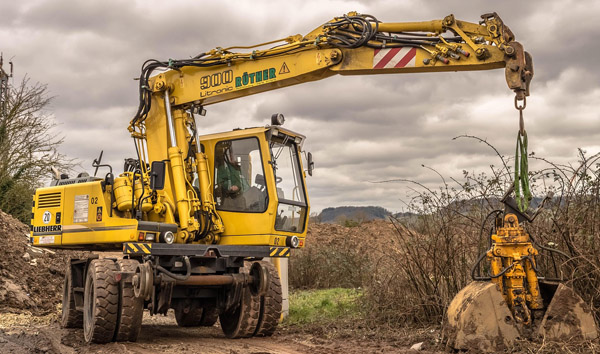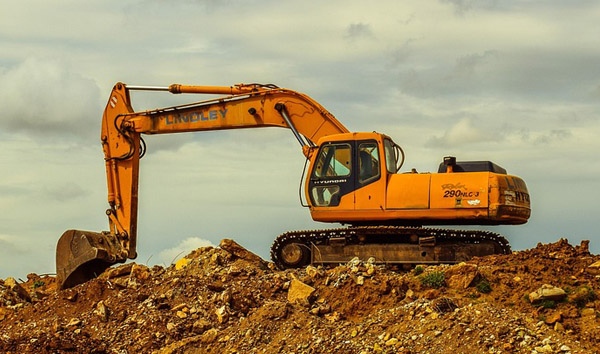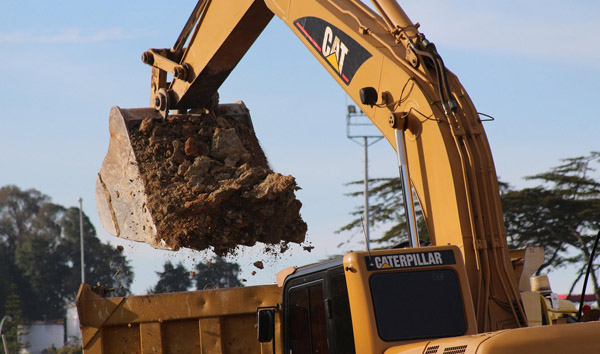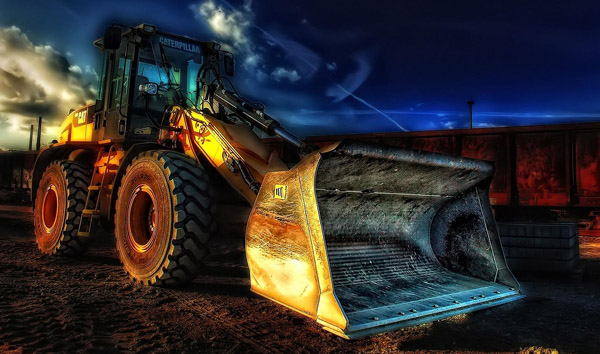Navigating the Capabilities of Modern All-Terrain Forklifts
2025-07-26 05:05:32
All-terrain forklifts are engineered to handle rugged outdoor conditions, combining robust construction with advanced mobility features. Key specifications include load capacities ranging from 5,000 to 36,000 lbs, depending on the model, and lift heights extending up to 20 feet. These machines are equipped with heavy-duty tires, often pneumatic or solid, to ensure stability on uneven surfaces like gravel, mud, or sand. Additionally, their reinforced chassis and high-torque engines enable seamless operation in construction sites, agriculture, and forestry, where traditional forklifts would falter.
Powering these versatile machines are diesel or hybrid engines, delivering 75–150 HP to tackle steep inclines and rough terrain. The inclusion of four-wheel drive (4WD) and differential locks enhances traction, while oscillating axles improve wheel contact on uneven ground. Operators benefit from ergonomic cabins with shock-absorbing seats and intuitive controls, reducing fatigue during prolonged use. Notably, all-terrain forklifts often feature advanced hydraulic systems with precision lifting speeds of 0.3–0.5 m/s, ensuring safe load handling even in dynamic environments.
Safety remains paramount in all-terrain forklift design, with specifications including LED lighting for low-visibility conditions, anti-rollover protection systems (ROPS), and load moment indicators (LMI). These forklifts also comply with ISO and OSHA standards, incorporating features like automatic braking and stability sensors. For example, the *Terex TXC 340-6* model boasts a 7,716-lb load capacity and a 360-degree steering radius, making it ideal for confined job sites. Such specifications underscore the balance between power and maneuverability demanded by industries like logistics and heavy equipment rental.
Fuel efficiency and emissions control are critical specifications, particularly with tightening environmental regulations. Modern all-terrain forklifts integrate Tier 4 Final or Stage V engines, reducing particulate matter by up to 90% compared to older models. Telematics systems are also becoming standard, providing real-time data on fuel consumption, maintenance alerts, and operational diagnostics. For instance, the *JCB 555-210R* offers a 74 HP engine with a 22,046-lb lift capacity while maintaining emission compliance, proving that performance and sustainability can coexist.
The future of all-terrain forklifts lies in automation and electrification. Prototypes with autonomous navigation and lithium-ion batteries are already undergoing field tests, promising reduced downtime and lower carbon footprints. Current specifications, however, emphasize versatility—forklifts like the *CAT TH357C* feature adjustable forks and attachments for handling pallets, logs, or construction materials. As industries evolve, these machines will continue to adapt, blending cutting-edge technology with the rugged reliability that defines all-terrain forklifts.














